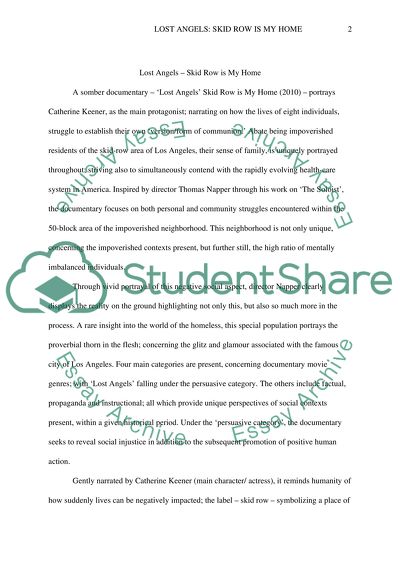Cite this document
(“Lost Angels: Skid Row is My Home Movie Review Example | Topics and Well Written Essays - 1500 words”, n.d.)
Retrieved from https://studentshare.org/law/1650564-lost-angels-skid-row-is-my-home
Retrieved from https://studentshare.org/law/1650564-lost-angels-skid-row-is-my-home
(Lost Angels: Skid Row Is My Home Movie Review Example | Topics and Well Written Essays - 1500 Words)
https://studentshare.org/law/1650564-lost-angels-skid-row-is-my-home.
https://studentshare.org/law/1650564-lost-angels-skid-row-is-my-home.
“Lost Angels: Skid Row Is My Home Movie Review Example | Topics and Well Written Essays - 1500 Words”, n.d. https://studentshare.org/law/1650564-lost-angels-skid-row-is-my-home.


